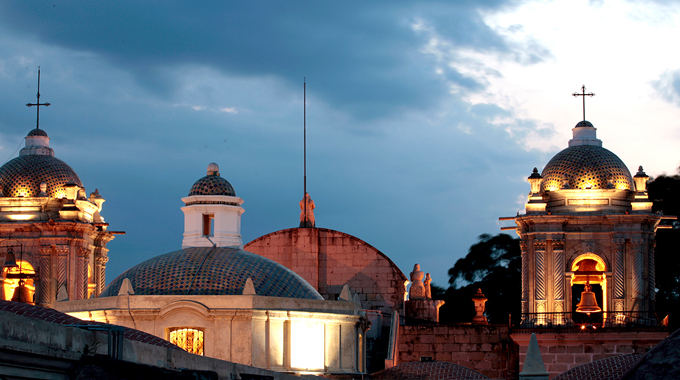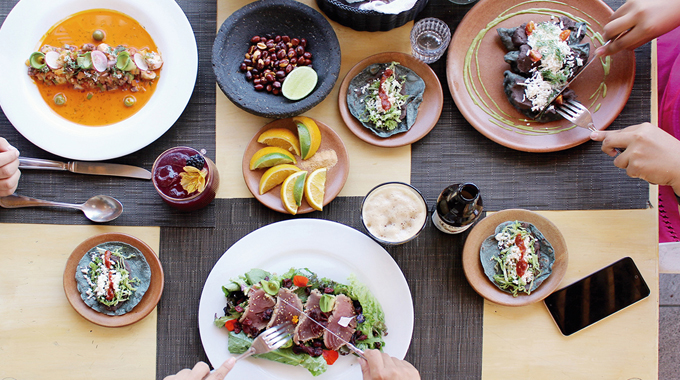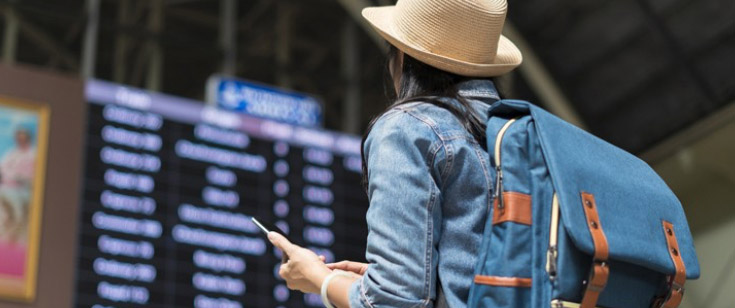During the heat of the day, the quarry stone plaza adjoining Oaxaca’s massive Basilica of Our Lady of Solitude teems with vendors in shaded outdoor shops selling homemade ice cream. Among these, Nevería El Niágara features more than 60 flavors, from aguacate (avocado) to zarzamora (blackberry). Though 25 years have passed since my last visit, I easily recall my favorite: nuez moscada (nutmeg).
The last time I scanned El Niágara’s menu, I was brought here by a local couple and their precocious 8-year-old daughter, Paula.
“Paula,” I offered, “can I buy you an ice cream?”
“Not today,” she deferred, in flawless English.
“What flavor?” Her words literally didn’t register, so incredible was it to me that an 8-year-old would turn down ice cream.
“I said I don’t want any,” she repeated. “Can’t you see the shadows? Or the color of the sky? It’s not an ice cream day.”
It seemed like a perfect ice cream day to me.
Today, alone, I order a cone and take a seat, gazing up at the basilica’s baroque towers. Though a quarter of a century has passed, I’m suddenly hopeful when a little girl steps up to the counter. She orders a scoop of tuna (prickly pear), and for an irrational moment I wonder if it might be Paula.
But Paula, of course, would now be in her early 30s.
In 1994, I passed through Oaxaca while working on my third book, The Size of the World. During that visit, I stayed at the modest casa of Elena Flores, a lovely
abuela (grandmother) who lived near a playground. Elena introduced me to her son Alejandro—an architect, only two years my junior—and his wife, Rosa. An instant friendship bloomed as, along with their daughter, Paula, we visited Oaxaca’s 1733-era Cathedral of Our Lady of the Assumption and the ancient ruins of Monte Albán.
I fell in love with Oaxaca and the family charmed me. Paula, in particular, had a take on life that was so novel (and sharp-tongued) that I wanted to include her in my book. When I told her, she thought a moment, then shook her head.
“No,” she said.
“Why not?” I asked. “You might become a star.”
“Stars have to live way up there,” she replied, pointing heavenward. “I’m perfectly happy right here.”
I spent two memorable days with Alejandro, Rosa, and Paula. I’ve wondered if they ever saw my book, and what they thought of it. I’ve also wondered about Paula: What’s she like now? Has her sharp intelligence flowered, or been blunted by adult life?
So I’m back in this city again—with the hope of reconnecting with Alejandro and his family.







